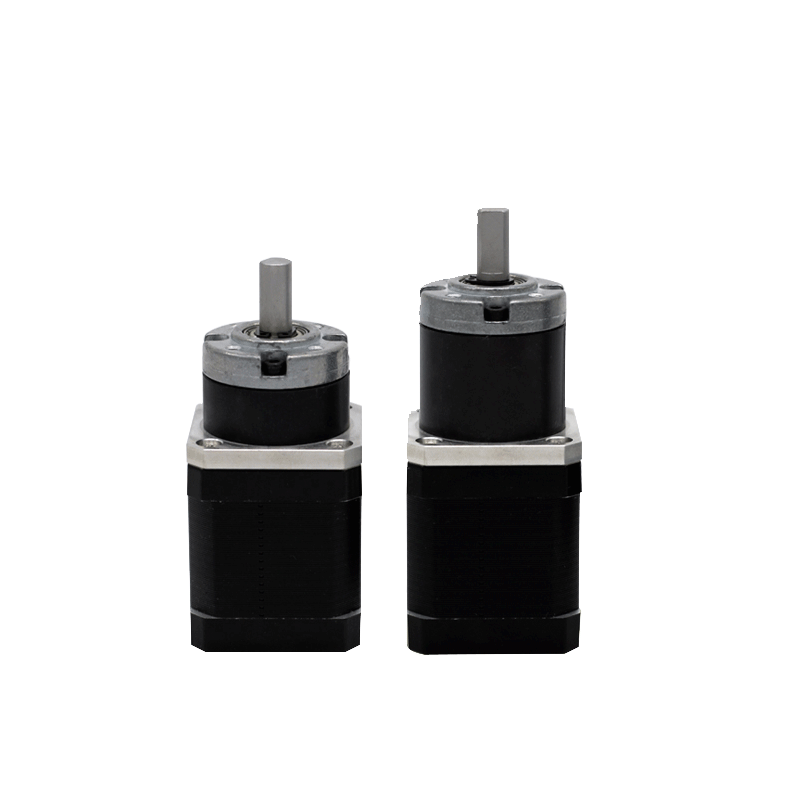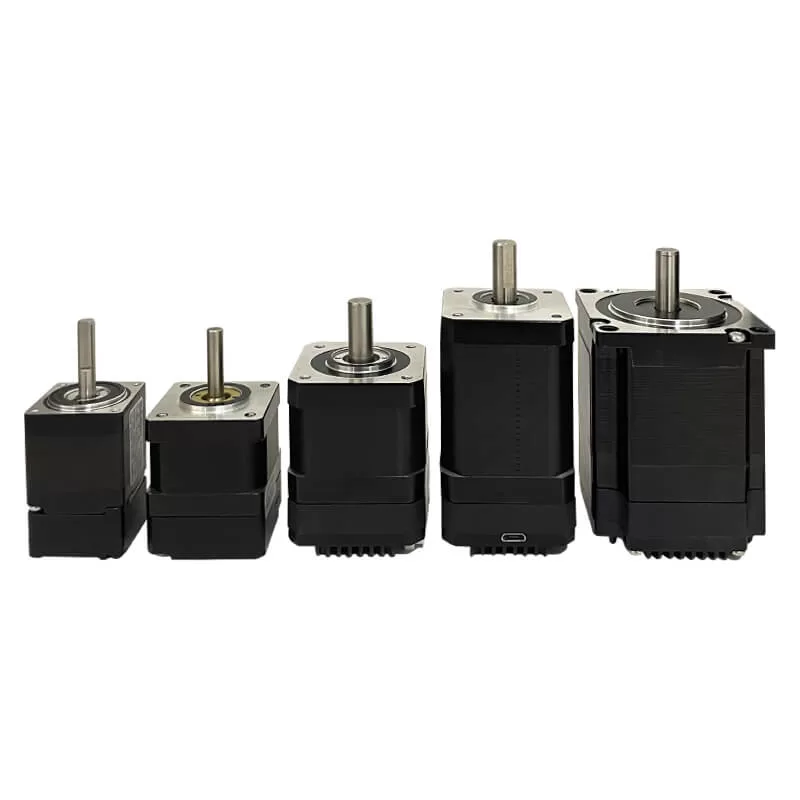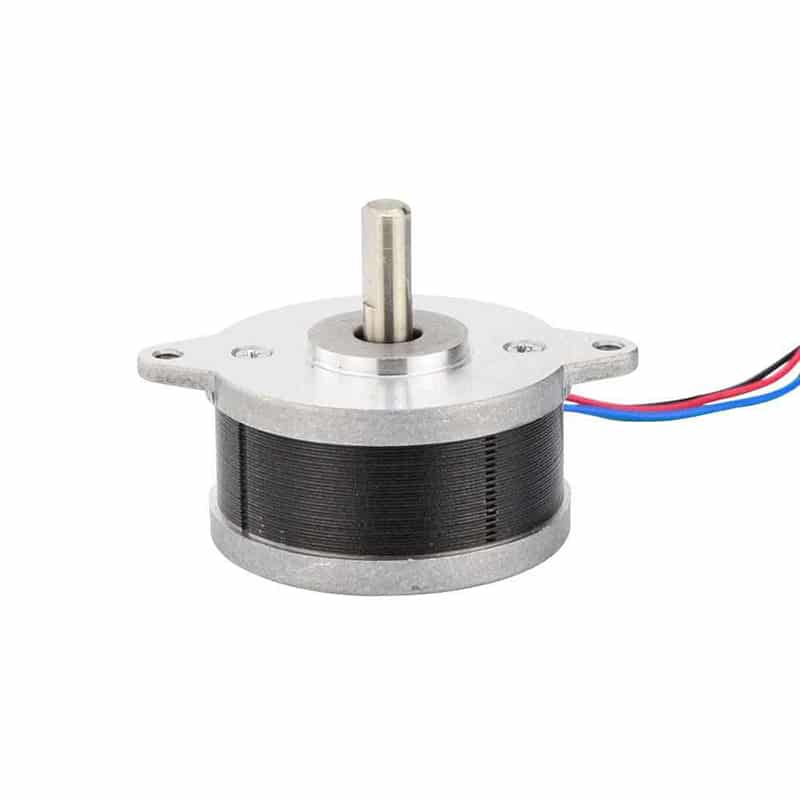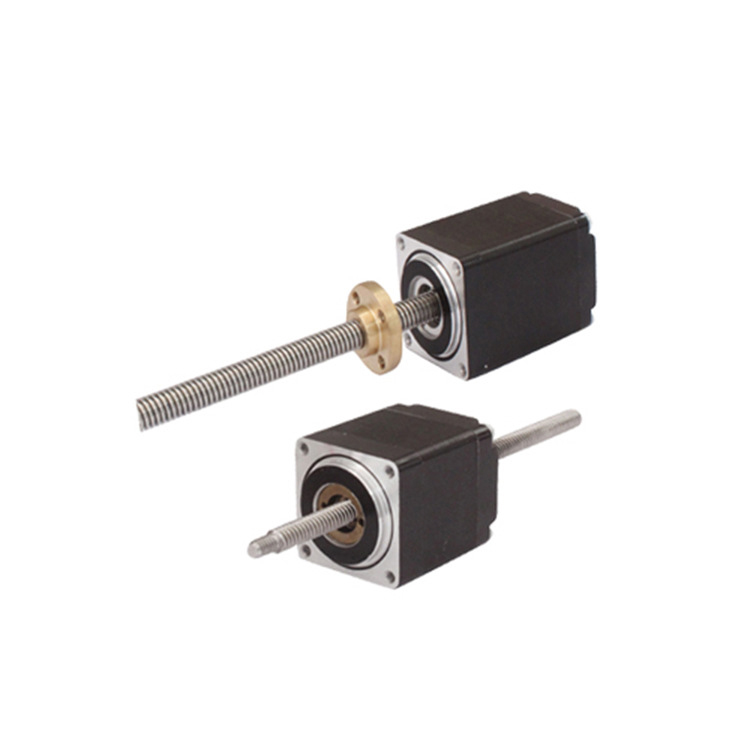The three-phase hybrid stepper motor is an induction motor. Its working principle is to use electronic circuits to convert DC power into time-sharing power supply. The multi-phase timing controls the current and uses this current to power the stepper motor. The stepper motor In order to work normally, the driver is a multi-phase sequence controller that supplies time-sharing power to the stepper motor.
Advantages and disadvantages of three-phase hybrid stepper motors:
(1) Advantages:
- The resolution is 1.5 times that of the two-phase stepper motor, enabling high-precision position determination.
- The number of main poles of the stator is 6, the cross-linkage flux is large, and the torque synthesis efficiency during two-phase excitation is better than that of a two-phase stepper motor, and the torque is higher.
- Can be connected in Y or △, with 3 terminals and 6 power tubes, which is less than the 8 power tubes of a two-phase stepper motor.
- Due to the three-phase structure, the third harmonic of the excitation current is offset, and the vibration and noise are smaller than those of a two-phase stepper motor.
- The cogging torque changes from the 4th harmonic of the two-phase stepper motor to the 6th harmonic of the three-phase stepper motor. The cogging torque is smaller than that of the two-phase stepper motor.
(2) Disadvantages:
- If it is 12 main poles, the structure is more complicated than the 8 main poles of the two-phase stepper motor.
- When the load is exceeded, synchronization will be destroyed, and vibration and noise will be emitted during high-speed operation.











